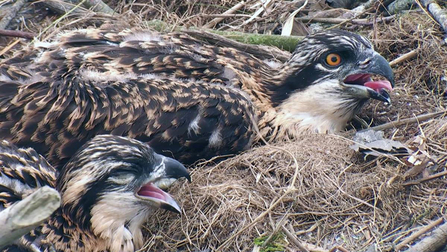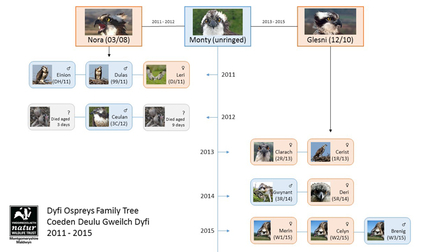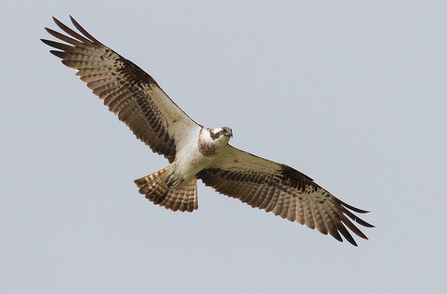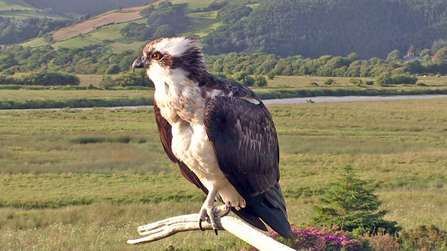Our two chicks are 30 and 25 days old today - both are absolutely flourishing.
The chicks are almost as good as their parents with regard to body heat regulation now. Not only did these two inherit Monty and Glesni's genes that will make them look like their parents - they also picked up some handy behavioural genes as well.
Here's one of these behaviours - it's exposing their gular region (Gula - Latin for 'of the throat') to any breeze that might be around.




